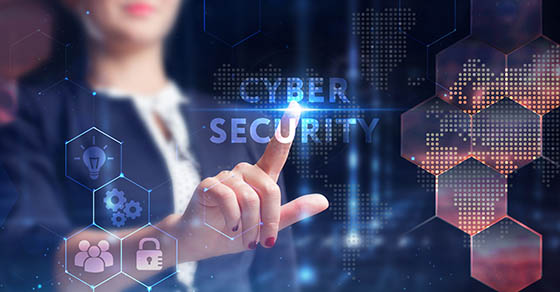
Top Cybersecurity Trends and Tactics in 2024
The threat landscape is constantly evolving, with new cyberattacks and malware emerging all the time. It’s critical to stay on top of the latest threats and understand how they may impact you and your business.
Ransomware is still growing strong
Ransomware as a service (RaaS) remains one of the top threats for SMBs. This means continuing to focus on ransomware prevention, detection, and response with strategies such as:
- Layered cybersecurity controls:Endpoint detection and response (EDR) tools and email/spam filtering to block initial access attempts
- Vulnerability management programs:Find and patch exploitable weaknesses
- Backup systems:Recover encrypted data without paying the ransom
- Incident response plans:Contain and eradicate active threats
Proactive measures like these can limit or even stop many ransomware attacks before they impact your business or customers.
Valid accounts remain a top attack vector
With so many past breaches exposing usernames and passwords, attackers have a nearly unlimited supply of credentials to take advantage of. They simply log in with valid accounts, bypassing other perimeter defenses. To close this gap, businesses can take several steps, including:
- Implementing multifactor authentication (MFA) everywhere possible, especially VPNs, email, and privileged accounts
- Using a password manager to enable unique, complex passwords across all services
- Monitoring for suspicious account activity indicative of credential misuse
- Deactivating ex-employee accounts and privileges promptly
Following identity and access best practices makes it far more difficult for attackers to leverage stolen credentials against your environment.
Malware continues to fly under the radar
Today’s advanced malware is designed to evade traditional signature-based defenses. Attackers frequently use encryption and other techniques to avoid detection by antivirus and other cybersecurity tools.
To catch these stealthy attacks, businesses need layered defenses combining endpoint detection and response (EDR) with a security information and event management (SIEM) platform. EDR sees suspicious endpoint activity while the SIEM connects the dots across the network.
Take a programmatic approach to cybersecurity controls
While technical controls are important, don’t overlook cybersecurity fundamentals such as patch management, security awareness training, and configuration hardening. Many successful attacks exploit basic cybersecurity gaps through phishing, unpatched software, or misconfigurations.
To close these gaps, take a programmatic approach:
- Establish a regular patch schedule for operating systems, applications, and firmware. Prioritize critical patches, but don’t neglect non-critical ones over time.
- Train employees to recognize phishing attempts and report suspicious emails or messages. Conduct simulated phishing campaigns to reinforce secure behavior.
- Standardize secure configurations for servers, workstations, and network devices. Continuously monitor for and remediate deviations from the standard.
A mature security program focuses on cybersecurity hygiene in addition to the latest tools. With the right blend of people, processes, and technology, businesses can stay ahead of attackers, creating a more secure environment for their employees and a competitive differentiator for their business.
Information used in this article was provided by our partners at ConnectWise.